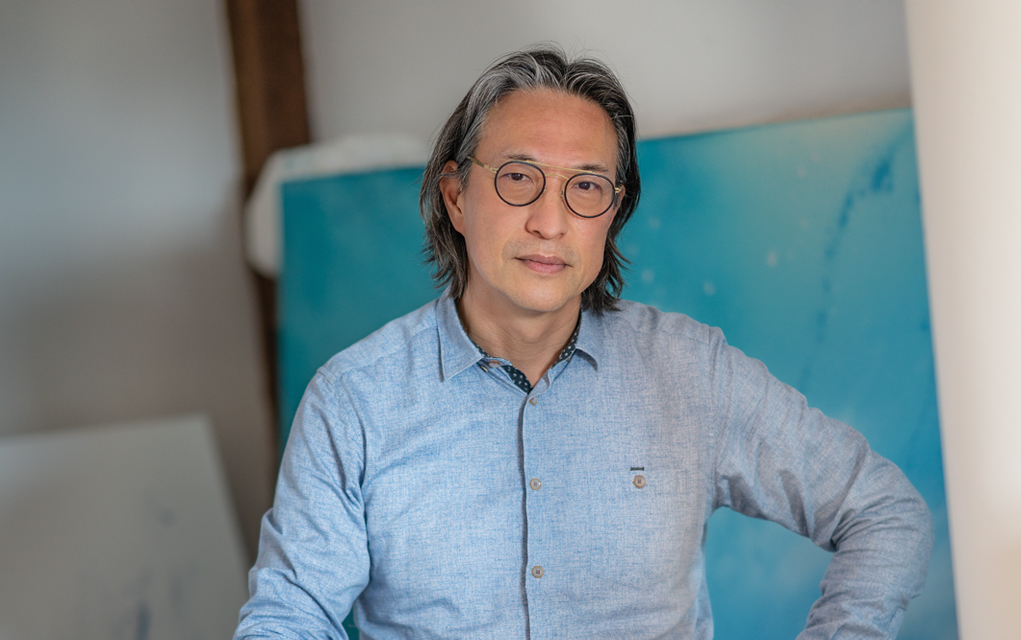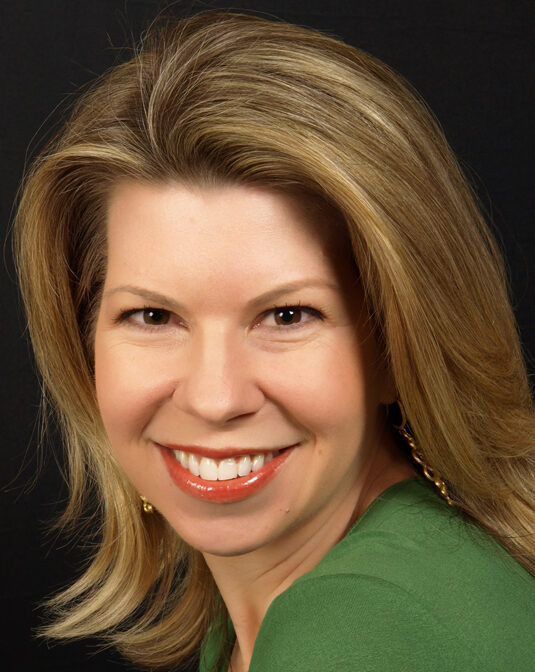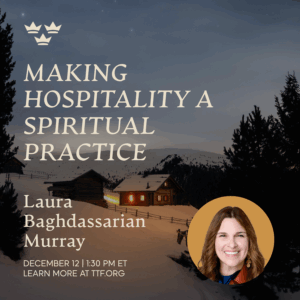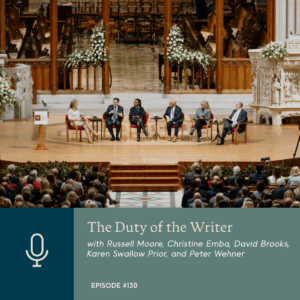Art + Faith: A Theology of Making, with Makoto Fujimura
January 29, 2021
Overview
Speakers
-
 MAKOTO FUJIMURA
MAKOTO FUJIMURA -
 CHERIE HARDER
CHERIE HARDER
SHARE

